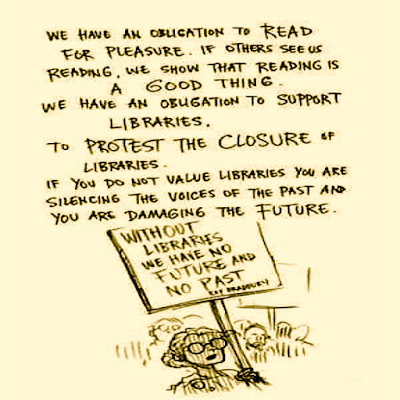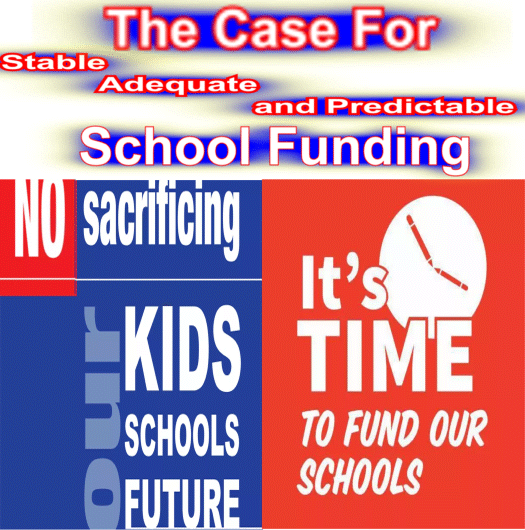Poverty & Reading: The Sad and Troubling Loss of School Libraries and Real Librarians
My last post listed reasons why many children don’t learn to read. Poverty was behind many of the items.
Poor students attend poor schools where they miss out on the arts, a whole curriculum, even qualified, well prepared teachers. Students might end up in “no excuses” charter schools with only digital learning.
But, next to hunger and healthcare, one of the worst losses for children in poor schools is the loss of a school library with a real librarian.
Stephen Krashen, a well-known reading researcher and advocate for children, provided a study he and his co-authors did as proof why school libraries help children be better readers. He is adamant that children need access to books, and he believes good school libraries are “the cure.” We often hear that getting books into the hands of very young children is important. It’s also critical to ensure that children who are in fourth grade and beyond have access to books!
Many poor schools have closed their school libraries, citing a lack of funding. Oakland, California lost thirty percent of their school libraries. Cities from Los Angeles to New York report library closures.
Chicago has lost school libraries. Some there blame the teachers union who pushed not to replace the librarian at one elementary school with volunteers. But good CONTINUE READING: Poverty & Reading: The Sad and Troubling Loss of School Libraries and Real Librarian





































